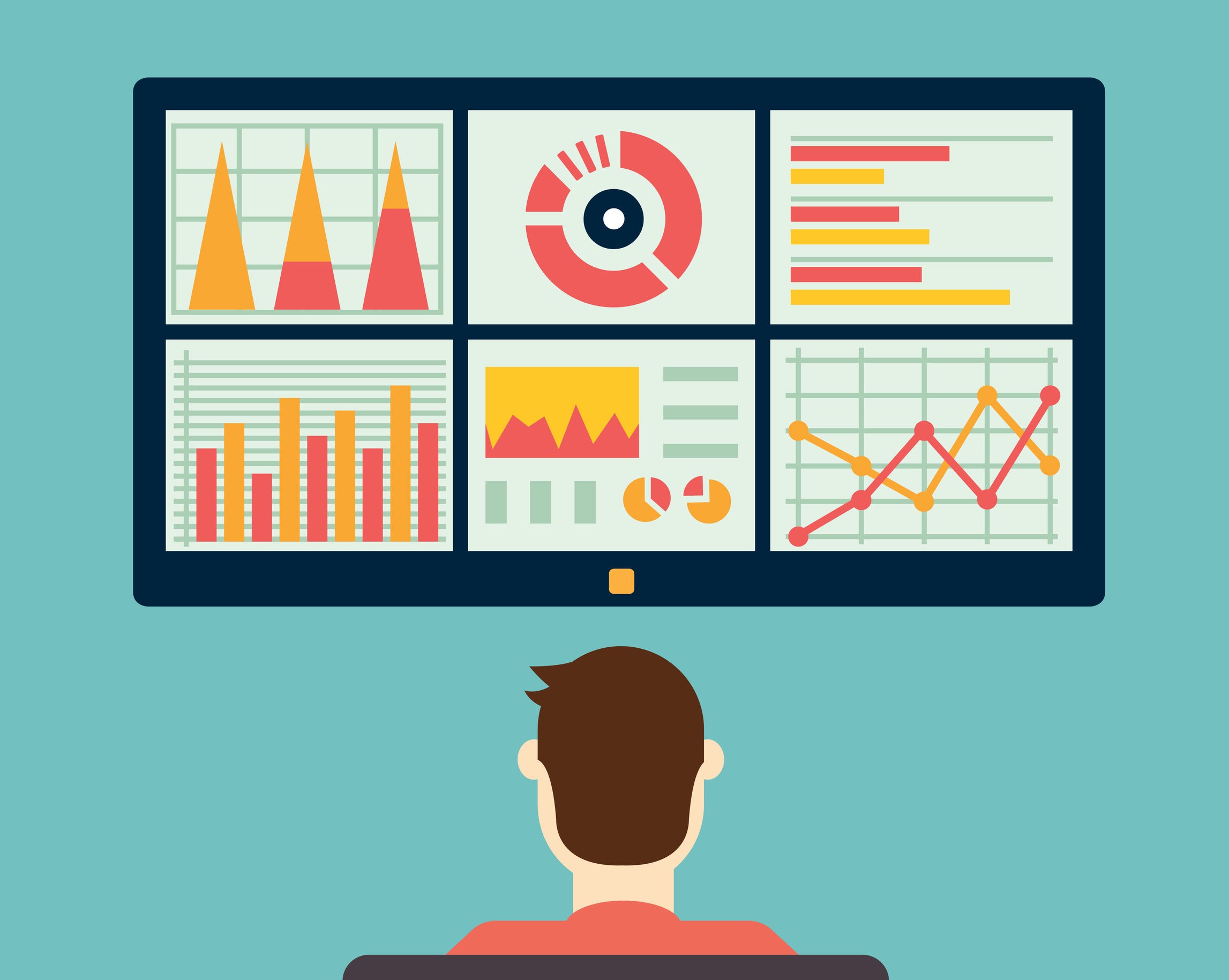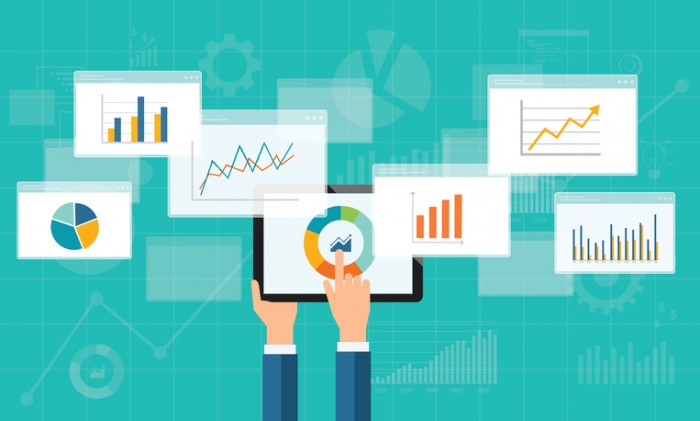In the era of information overload, businesses are constantly seeking ways to stay ahead in the digital landscape. One invaluable tool that has gained prominence is media monitoring reports. These reports, born out of the necessity to comprehend and manage the vast expanse of digital information, have become indispensable for strategic decision-making, brand reputation management, and understanding market trends.
Definition of Media Monitoring Reports

Media monitoring reports involve the systematic tracking and analysis of media content across various channels. These channels can include traditional media, social media platforms, blogs, and more. The goal is to extract meaningful insights that can inform business strategies.
Importance of Social Monitoring Reports
In a world where information travels at the speed of light, businesses need to be proactive in understanding what is being said about them. Media monitoring reports serve as the compass, guiding companies through the digital noise, helping them make informed decisions, and maintaining a positive brand image.
Key Components of Media Monitoring Reports
1. Data Collection
The foundation of any social monitoring report lies in the data it collects. Advanced tools crawl through an array of sources, capturing mentions, keywords, and sentiments. This data forms the raw material that analysts later mold into actionable insights.
2. Analysis Tools
The journey from data to insights is facilitated by sophisticated analysis tools. Natural Language Processing (NLP) and sentiment analysis algorithms sift through the vast data, providing a nuanced understanding of public opinion.
3. Trends Identification
Media monitoring reports excel in identifying trends. By spotting emerging topics and sentiments, businesses can stay ahead of the curve, adjusting their strategies to align with evolving consumer preferences.
Benefits of Using Media Listening Report
1. Strategic Decision-Making
Informed decisions are the cornerstone of success. Social monitoring reports empower businesses to understand market dynamics, anticipate challenges, and capitalize on opportunities, fostering a proactive rather than reactive approach.
2. Brand Reputation Management
Maintaining a positive brand image is crucial. Social monitoring reports offer a real-time pulse on how a brand is perceived, allowing for swift responses to potential crises and the enhancement of positive narratives.
3. Competitor Analysis
Understanding the competition is vital in any industry. Media monitoring reports provide insights into competitor strategies, customer sentiments, and emerging trends, enabling businesses to refine their approaches.
How to Create an Effective Social Listening Report
1. Selecting Relevant Metrics
Not all metrics are created equal. Businesses need to tailor their media monitoring approach by selecting metrics that align with their goals. Whether it’s brand awareness, customer satisfaction, or crisis management, the right metrics drive meaningful insights.
2. Customization for Specific Goals
One size does not fit all. Effective media monitoring reports are customized to address specific business goals. Whether launching a new product or managing a crisis, tailoring the monitoring approach ensures relevance.
3. Real-Time Monitoring
In the fast-paced digital landscape, real-time monitoring is non-negotiable. The ability to respond swiftly to emerging trends or crises is a competitive advantage that effective media monitoring reports provide.
Common Challenges
1. Information Overload
The abundance of data can be overwhelming. Social monitoring reports must strike a balance between comprehensive coverage and meaningful insights, avoiding the pitfall of drowning in information.
2. False Positives
Precision matters. False positives can mislead, leading to misguided strategies. Media monitoring reports must refine algorithms to minimize false positives and deliver accurate insights.
3. Keeping Up with Emerging Platforms
The digital landscape is ever-evolving. New platforms emerge, each with its unique dynamics. Media monitoring reports need to adapt to include these platforms, ensuring a holistic understanding of the digital ecosystem.
Tips for Improving Media Monitoring Efficiency
1. Utilizing Automation Tools
Automation is a friend to efficiency. With the aid of automation tools, businesses can streamline the data collection and analysis process, allowing analysts to focus on extracting valuable insights.
2. Collaborative Analysis
Two heads are better than one. Collaborative analysis ensures a diversity of perspectives, enriching the interpretation of data. A collaborative approach also helps in validating insights and refining strategies.
3. Continuous Learning and Adaptation
The digital landscape is dynamic. Social monitoring reports must evolve alongside it. Continuous learning, staying abreast of technological advancements, and adapting strategies ensure the longevity and relevance of media monitoring efforts.
Future Trends
1. Artificial Intelligence Integration
The future is intelligent. The integration of artificial intelligence in social monitoring reports is on the horizon, promising enhanced insights, automation, and predictive analytics.
2. Evolving Social Media Landscape
Social media is a dynamic arena. Media monitoring reports must keep pace with the changing landscape, adapting strategies to capture the nuances of evolving platforms and user behaviors.
3. Predictive Analytics
Predicting the future is the next frontier. Social monitoring reports are moving towards predictive analytics, allowing businesses to anticipate trends and proactively shape their strategies.
Conclusion
In the age of information, media monitoring reports serve as the guiding light for businesses navigating the complex digital landscape. From strategic decision-making to brand reputation management, the insights gleaned from these reports are invaluable. Embracing media monitoring is not just a choice but a necessity for those aiming not just to survive but to thrive in the digital era.
Ready to experience the power of media monitoring reports? Request a demo from AIM Technologies today and see how our advanced tools can transform your digital strategy.
FAQs
What is the primary purpose of social monitoring reports?
- Social monitoring reports serve to track and analyze mentions and sentiments across various media channels, providing businesses with actionable insights for informed decision-making.
How often should businesses conduct media monitoring?
- The frequency of media monitoring depends on business goals and industry dynamics. However, regular monitoring, if not daily, is recommended to stay abreast of emerging trends and sentiments.
Are there free tools available for media monitoring?
- Yes, several free and paid tools are available for media monitoring. Businesses can choose tools based on their budget and specific monitoring needs.
Can media monitoring help with crisis management?
- Absolutely. Social monitoring reports offer real-time insights into public sentiments, enabling businesses to detect and address potential crises swiftly.
What role does sentiment analysis play in media monitoring?
- Sentiment analysis is crucial in media monitoring, helping businesses understand the tone and feelings associated with mentions. It provides valuable insights into public perception.




